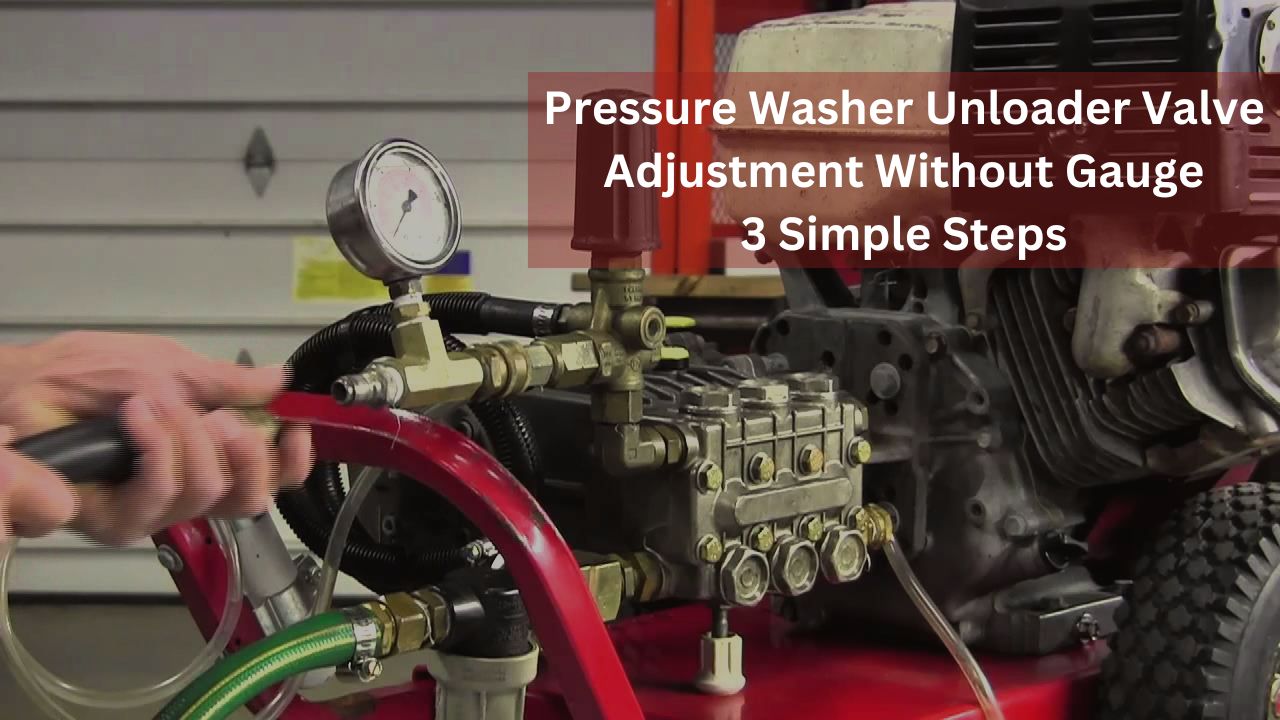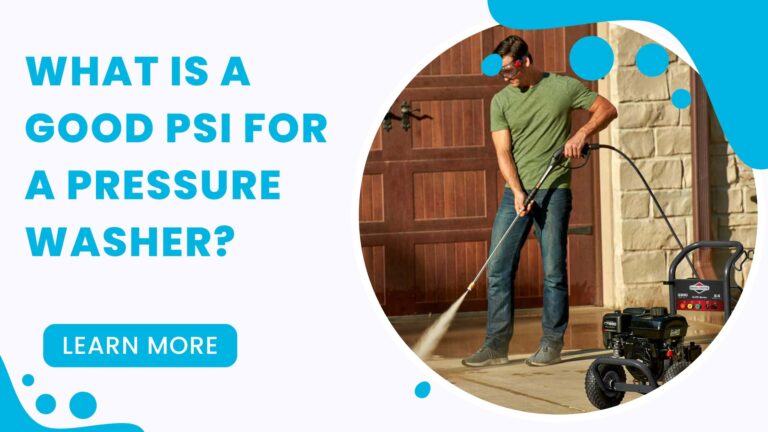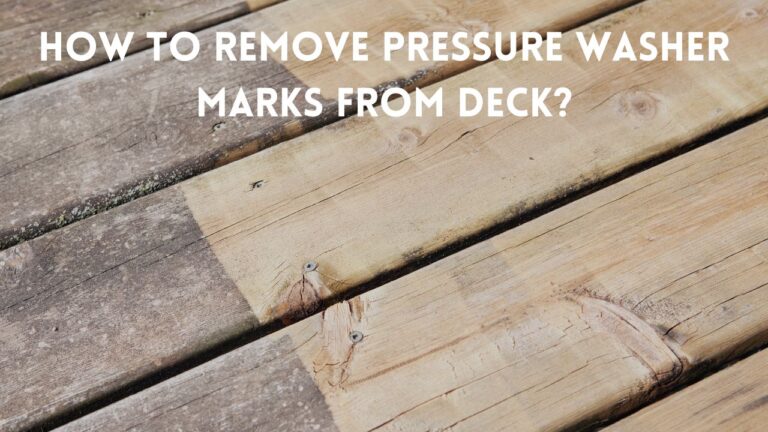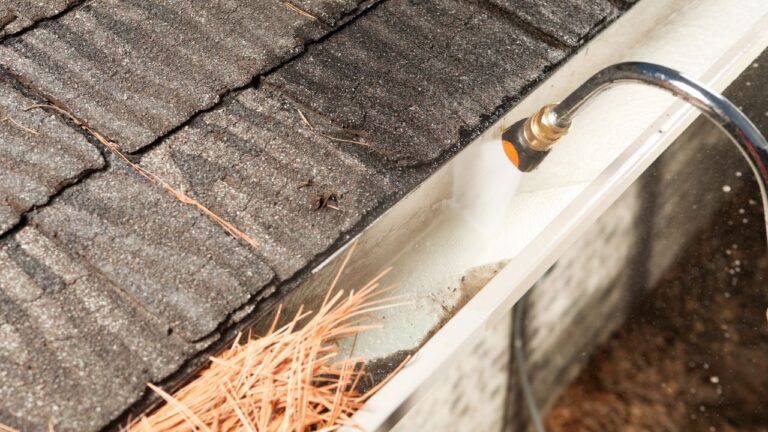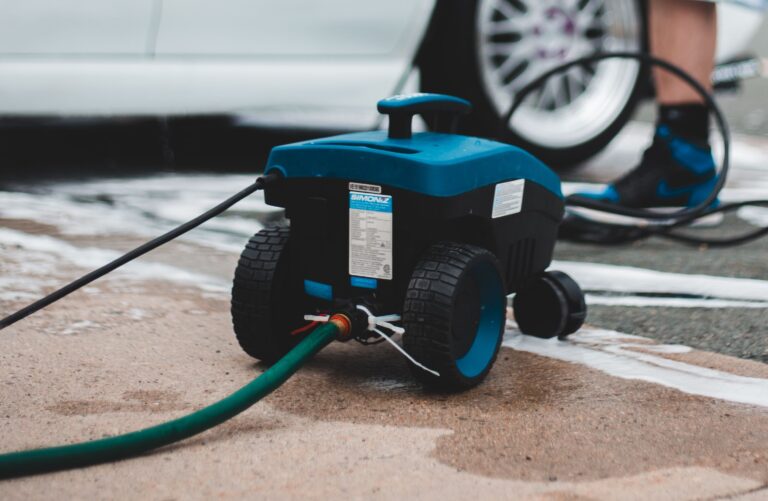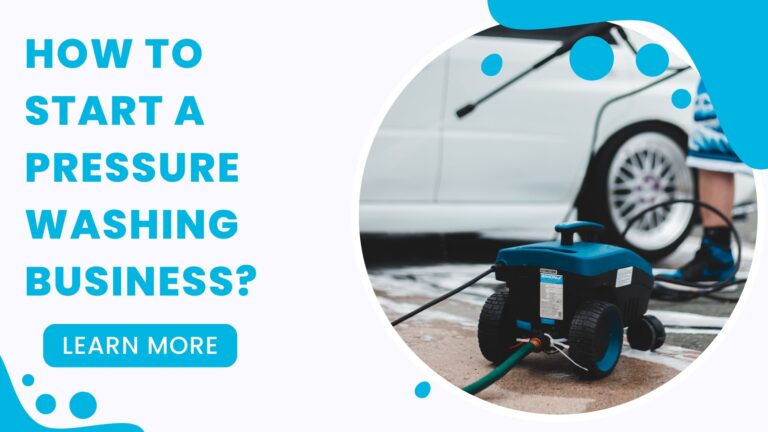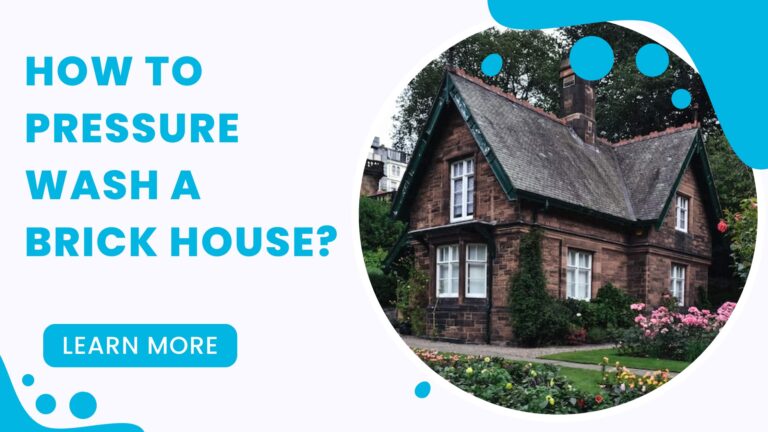How to Adjust Pressure Washer Unloader Valve Without Gauge ?
What is that one thing that makes a pressure washer a pressure washer? It is the “pressure.” That’s right.
The water pressure is the key to washing away dirt and accumulated filth from numerous surfaces. Whether it is a sturdy concrete floor, a car body, or a more delicate area rug, using a suitable pressure washer PSI ensures safe and effortless cleaning.
Use too low a pressure, and you won’t achieve a superior cleaning. On the other hand, you risk damaging the merchandise using too high PSI.
While you can adjust the PSI by using the controls on the trigger gun or by attaching a nozzle, that could be more efficient. Why? Read on ahead to find out; you will also learn a better way of adjusting the PSI – that is, by adjusting the unloader valve.
Why Is It Important To Adjust The Unloader Valve?
Although the unloader valve is a tiny component in the pressure washer, it serves several critical functions.
For example, excessive pressure on delicate surfaces such as the car body might produce cracks or lead to chipping off of the paintwork. Conversely, if you use too little pressure, you won’t be able to clear tough stains from hard surfaces such as concrete driveways.
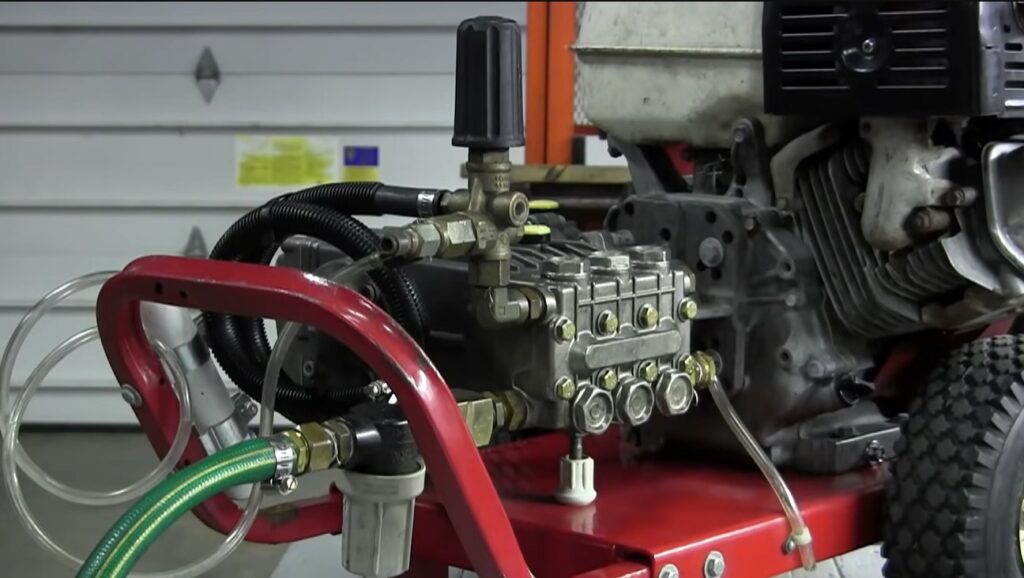
However, with the unloader valve, you can set the (max) PSI values according to the application. Setting the max pressure value with the unloader valve (even though you can variate the PSI with the controls on the machine) serves valuable benefits, including:
- It can reduce the overall power consumed by the pressure washer, thereby reducing the electricity or gasoline it consumes
- It reduces energy wasted and prevents heating when constricting the water flow. The heat produced can cause a pressure surge which might damage delicate surfaces.
- Most importantly, it reduces wear and tear on the pressure washer by not pushing the machine to its maximum capacity for extended durations.
What is the idea behind the working of the unloader valve?
The unloader valve is a pressure relief valve. When you turn on the pressure washer, its pump builds up the water pressure. Which you then release via the spray gun.
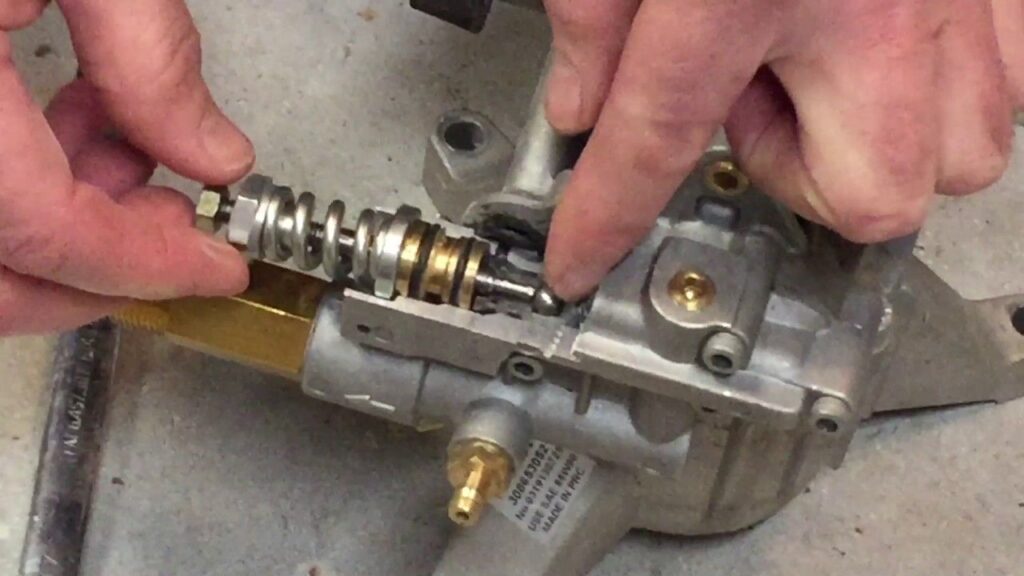
When you aren’t using the pressure washer and the machine is still on, the built-up pressure has to go somewhere.
This is the job of the unloader valve – to release the built-up pressure from the machine and prevent it from ever going to dangerous levels.
Using the same ideology, you can set the unloader valve to never go beyond a set maximum limit so that you can use the required PSI fit for the washing surface.
Here’s how the unloader valve helps you achieve that:
- You can adjust the unloader valve to a point where it gives you the maximum water pressure when the trigger gun is engaged. Likewise, when the trigger is released, the machine will have a minimum pressure spike.
- You can find this ideal setting so you always get the required maximum pressure according to the application. Doing this will also result in a minimum pressure spike when the pressure washer is idle – on but not currently in use.
How To Adjust Pressure Washer Unloader Valve?
Now that you know the benefits of adjusting the unloader valve, let’s get to how to adjust the unloader valve on pressure washer.
Although it is recommended to have a pressure gauge with you, it is unnecessary. The pressure gauge will, however, help you get more accurate adjustments.
How To Adjust Unloader Valve On Pressure Washer in 3 Simple Steps
Step 1: Relieve Pressure From The System
Before beginning, make sure to relieve the pressure from the system. You can do this by:
- Turning off the engine
- Disconnecting the water supply
- Pressing and releasing, repeatedly, the spray wand trigger to allow for any residuals to escape
- Waiting for a few minutes so the pump can fully discharge any leftover pressure in the system
Step 2: Locating And Accessing The Unloader Valve
- To adjust the unloader valve, first, you need to find it. It is usually located on the pump head or near the outlet of the pump.
- To identify the unloader valve, look for a small component with a screw or a lever – a screw or a lever is there for adjusting the pressure.
- Now, there should be a black plastic pressure adjustment knob. You should take it off to adjust the unloader valve. Spin the black plastic knob off and remove the Nylock nut from the top of the unloader valve.
- You might see a threaded piston rod with a thin washer, spring, and two locking nuts. Take off the spring and the washer so we can adjust the two locking nuts.
Step 3: Adjusting The Locking Nuts
- To increase pressure, turn the adjusting screw clockwise; turning the adjusting screw counterclockwise will decrease the pressure.
- Now, lock the two nuts together with wrenches, roughly three threads from the bottom, and put the spring, washer, and black adjusting knob back on.
- Now, turn the engine on and start engaging the trigger gun.
- Begin tightening down on the spring with the help of the adjusting screw.
- While tightening, you will reach a point where further tightening won’t increase the pressure. This is the maximum pressure achievable by your pressure washer. It will also be the point where releasing the trigger will result in a pressure spike of around 6% to 9%.
- You will only get more pressure at the nozzle if you crank down beyond this maximum pressure point. However, releasing the trigger would result in a more significant pressure spike within the system – which can be dangerous if the spring is tightened too much.
- You can also loosen up the spring to reduce the overall pressure of the system.
FAQs
How do you adjust the unloader valve on a pressure washer?
First, to adjust the unloader valve on the pressure washer, locate it on or near the pump head. It should look like a screw or lever. To increase the overall pressure of the system with the unloader valve, turn the adjusting screw clockwise. Conversely, turning it counterclockwise will reduce the pressure.
Can you run a pressure washer without an unloader?
The unloader valve works as a safety device that regulates the pressure in the system. In addition to preventing too high pressure in the system, which can be hazardous, the unloader valve also controls pressure during idle periods, reducing wear and tear on the pump. Therefore, running a pressure washer without an unloader valve is not recommended.
How do you adjust the pressure on a pressure washer?
While the controls on the trigger wand will let you control the pressure at the spray tip, you can also adjust the overall pressure with the help of the unloader valve. First, turn off the engine and then turn the adjusting screw clockwise or anticlockwise on the unloader valve to increase or decrease pressure. Then test the pressure by turning on the machine.
How do you put a pressure gauge on a pressure washer?
To put a pressure gauge on the pressure washer, you must find a suitable location, typically on the high-pressure hose. Once you have found an appropriate place, make careful cuts on the hose and install the gauge by inserting it into it. Now, secure it with hose clamps. Connect the hose to the engine and test the pressure gauge. Please ensure the gauge is in a location where it can be easily seen and accessible.
Wrapping it Up
The unloader valve is a safety device and an incredibly resourceful component in the pressure washer. It protects your pressure washer while offsetting any wear and tear on the system.
It also saves energy and fuel by allocating just the right amount of water pressure as required by the application – you don’t want too high PSI to wash delicate surfaces such as mirrors or area rugs and vice versa.
We covered how to adjust the unloader valve on the pressure washer and why you should do it in this article, but you also need to know How to adjust Pressure on pressure washer for different surfaces so you can adjust the pressure washer unloader valve accordingly.

